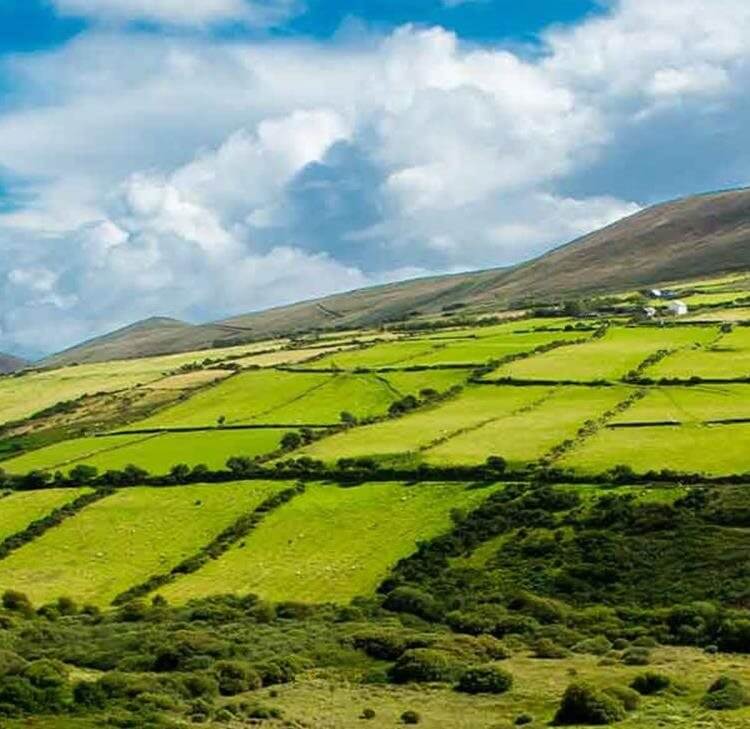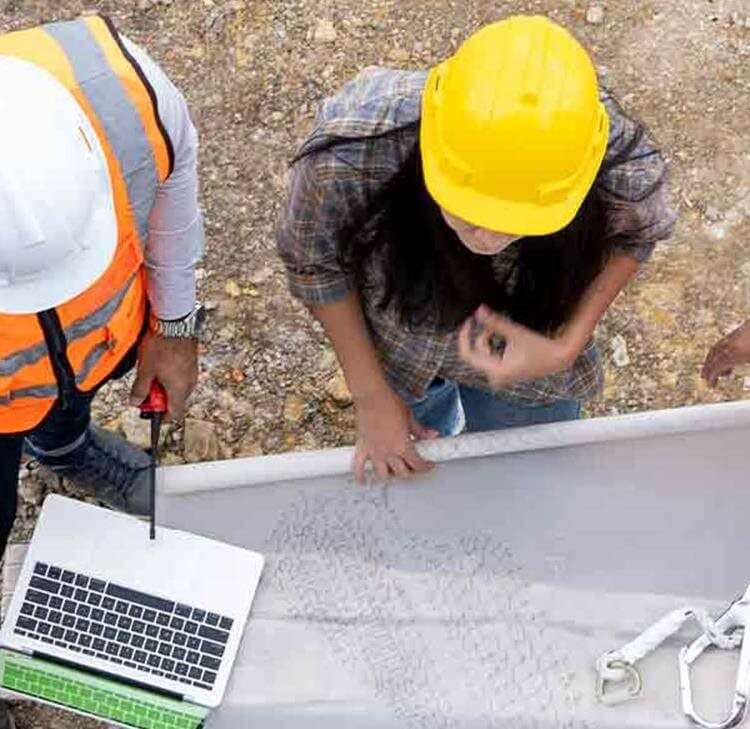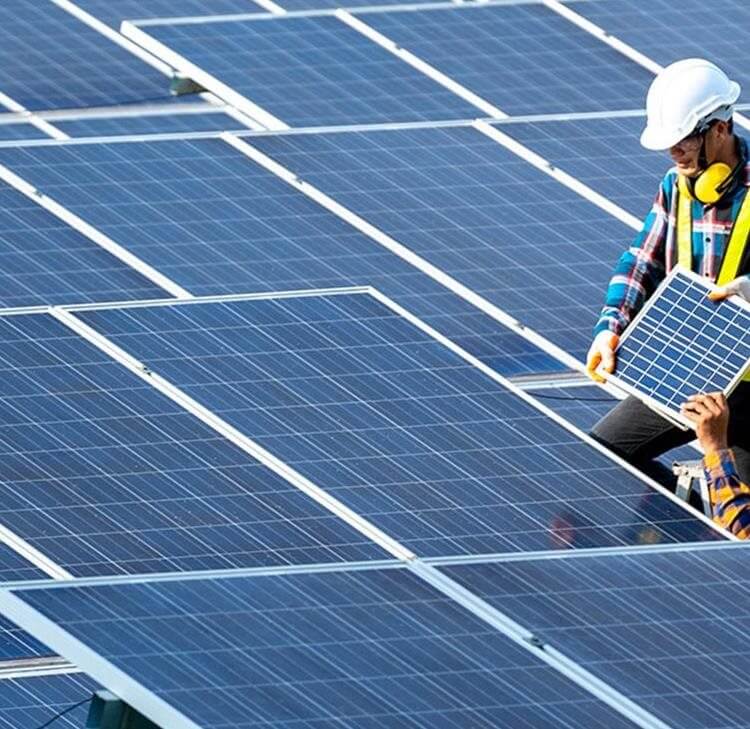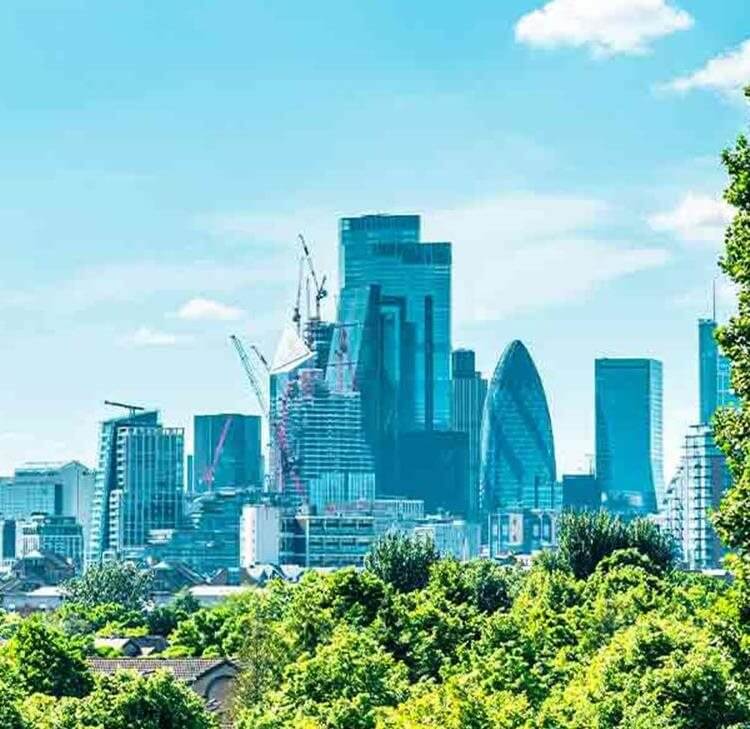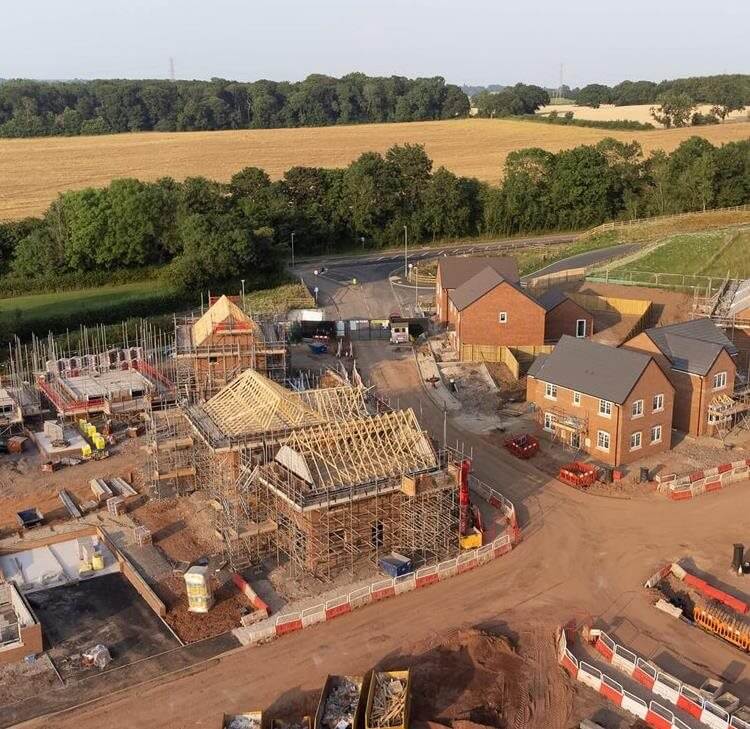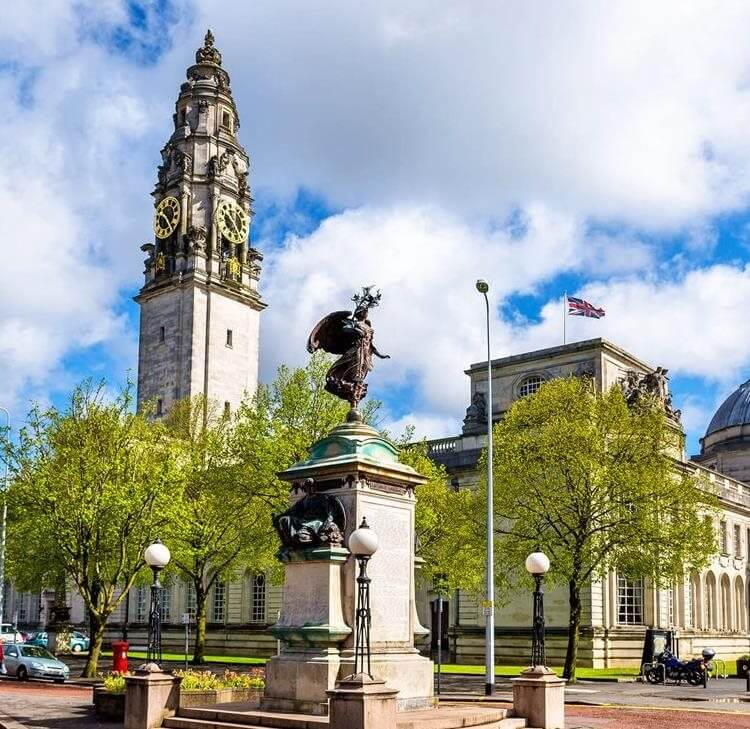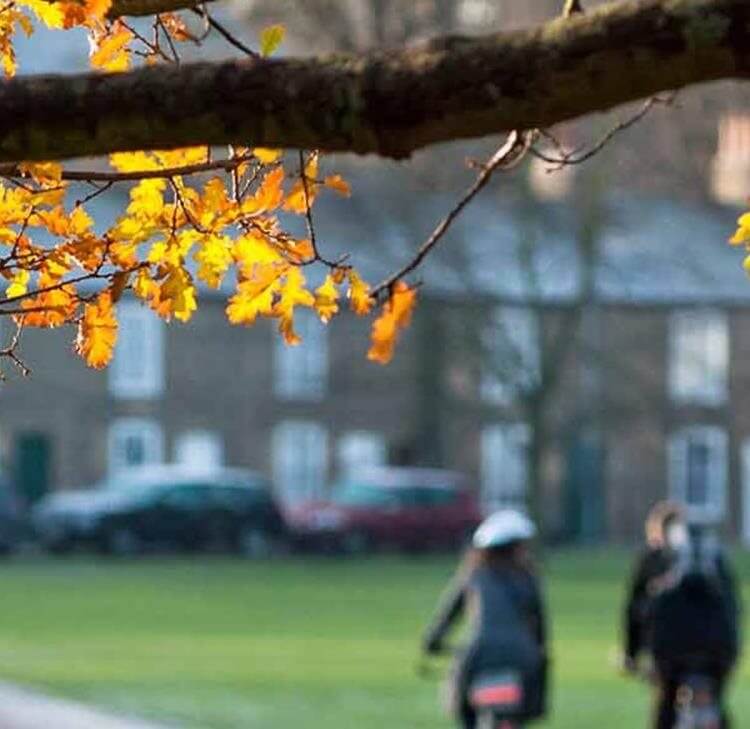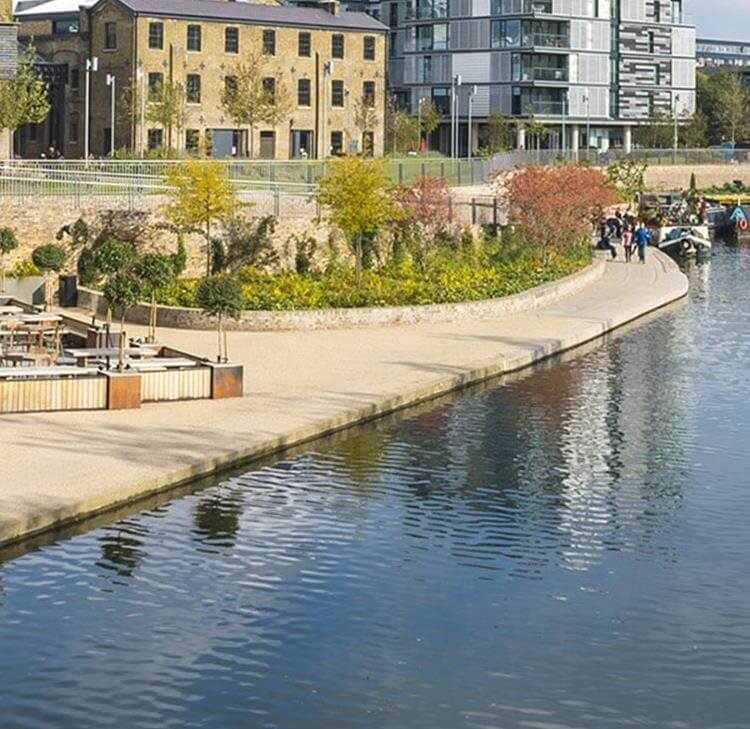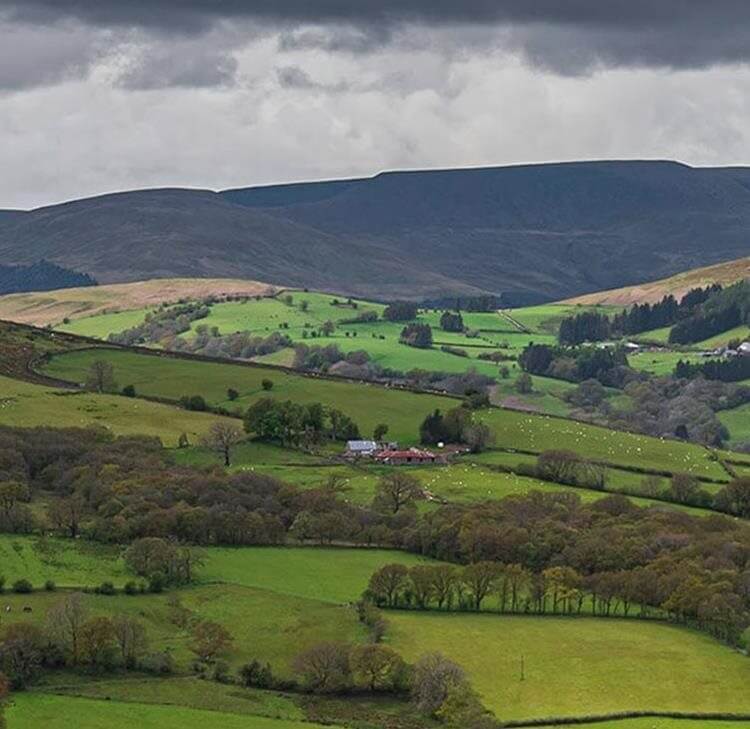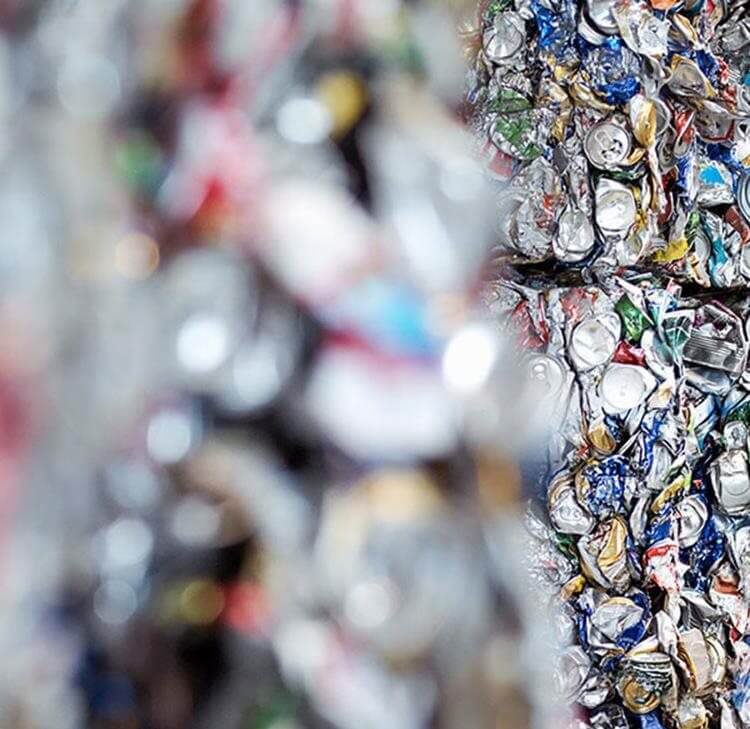Conservation Covenants are now being used to bind land for Biodiversity Net Gain (BNG) purposes, as well as securing and conserving natural or heritage features of sites.
A Conservation Covenant requires a designated Responsible Body to be a party and take responsibility for monitoring and enforcement of obligations. But who can be a Responsible Body, and what advantages are there to bodies applying to be a Responsible Body?
Since we published this article on Conservation Covenants in 2022 (Conservation Covenants: what are they and how will they affect you?):
- Part 7 of the Environment Act 2021, which provides for Conservation Covenants, commenced in September 2022.
- Defra opened its application process for Responsible Bodies and currently has 25 designated Responsible Bodies listed on its website: Conservation covenants: list of designated responsible bodies - GOV.UK.
- Conservation Covenants are being used by Responsible Bodies and landowners to secure land for a variety of purposes, including in relation to securing sites as offsite biodiversity gain sites. The Natural England biodiversity gain site register lists over 30 sites that are now secured by Conservation Covenants: Search the biodiversity gain sites register - GOV.UK.
- In this period, we have also continued to act and advise on Conservation Covenant matters, including acting for several Responsible Bodies in their development of template documents and providing advice on how to mitigate risks and proceed with Conservation Covenants in the most time and cost-efficient manner. This includes, but is not limited to, securing land for BNG purposes.
Separately (and where there is no conflict) we have also provided advice to landowners on Conservation Covenants and the legal risks and potential benefits of securing their land.
With Conservation Covenants becoming a new way in which to secure and bind land with the aim of conserving (protecting, restoring or enhancing) the natural or heritage features of the site for the public good, lots of questions are being asked around what benefits there are in becoming a Responsible Body, and should local authorities and other public bodies consider seeking designation to act in this role.
Who are the designated Responsible Bodies?
At present, of the 25 designated Responsible Bodies on Defra’s website:
- nearly 50% are councils/local authorities;
- two are Non-departmental public bodies (the Environment Agency and Natural England, the first designated Responsible Body in January 2024);
- two are wildlife trusts;
- there are a handful of other environmental trusts/partnerships; and
- a small number are other companies and consultants including RSK Biocensus and the most recently designated Responsible Body (as at the time of writing), Restoration Soil Ltd.
A Conservation Covenant is a private, voluntary agreement between a landowner(s) and a Responsible Body (which must be designated by Defra) which binds the land under the covenant and is registered as a local land charge.
Without a Responsible Body, a document/agreement cannot be Conservation Covenant.
Who can become a Responsible Body?
Defra has published its criteria for becoming (and remaining) a Responsible Body, and these criteriai include:
- Eligibility;
- Financial security;
- Operational capacity and capability; and
- Ongoing suitability.
Whilst full details are available online (here: Conservation covenants: criteria for being a responsible body - GOV.UK), there is a clear requirement to be a stable entity capable of delivering the role of a Responsible Body in a reliable manner. Organisations must be:
- a local authority;
- a public body or charity, where at least some of its main purposes or functions relate to conservation;
- a body other than a public body or charity, where at least some of its main activities relate to conservation.
As well as being subject to financial due diligence, the requirement to have sufficient expertise, bandwidth and ability to deliver objectives/conservation purpose – including in terms of dealing with non-compliance, monitoring and enforcement – are key considerations for any entity considering becoming a Responsible Body. Demonstrating that continued compliance and adherence to statutory reporting requirements is also a consideration at the application stage.
Why become a Responsible Body? What are the advantages?
To identify the advantages in becoming a Responsible Body, there is merit in considering what Conservation Covenants can be used for.
Firstly, Conservation Covenants can be used to secure BNG – either onsite or offsite (for more information on BNG, please see here: Biodiversity Net Gain: what have we learnt in the first few months?). Therefore, for those entities who wish to have a role in BNG, being designated as a Responsible Body can be attractive: in terms of aligning organisational aims and objectives with the delivery of projects, as well as offering a potential income stream or opportunity to support nature’s restoration on a cost neutral basis (with the charging of monitoring fees, for example).
Whilst local planning authorities have the ability to secure BNG through S106 agreements, feedback suggests that for some councils, having the ability to act as a Responsible Body and offer Conservation Covenants (as opposed to S106 agreements) is like having another 'tool' in the metaphorical 'toolbox'. We have discussed with some local authorities that there can be internal/governance reasons why having two different routes to securing land conservation can be beneficial; whilst other councils have agreed in principle to secure land in adjoining authority areas through a Conservation Covenant provided a reciprocal arrangement is also committed to – and this then allows councils to have their own land secured for BNG unit creation pursuant to a Conservation Covenant with a neighbouring authority.
Securing BNG for 30+ years is a critical requirement when a developer is seeking to rely on offsite sites to discharge their now mandatory BNG obligations before commencing a new development. However, landowners cannot register their units or sell /allocate units to a development until and unless a site is secured by either a S106 agreement or a Conservation Covenant. The need for Conservation Covenants, and therefore designated Responsible Bodies, is a fundamental element in the BNG regime when considering offsite delivery – and, by extension, is proving to be essential to the planning process.
Conservation Covenants were also identified back in 2019 in the government’s consultation document as potentially having a role in payment for ecosystems, supporting altruistic desires, as an alternative to land purchase for conservation organisations, securing or preserving works undertaken by conservation organisations if there is disposal of the land and securing heritage assets. For a number of local authorities and public bodies therefore, being able to support and drive forward these initiatives and facilitate conservation in such situations is desirable and Conservation Covenants are a legal mechanism that can deliver outcomes that were previously very difficult to secure, notwithstanding land disposals/changes in landownership over time.
With recent government focus on the environment and the green agenda, plus more discussion and debate around the natural environment, nature conservation and the balancing of sustainable development with the protection of wildlife, many of our clients are actively exploring options and opportunities for addressing local and political interests and desires to proactively conserve the natural or heritage features of sites.
Successfully being designated as a Responsible Body opens up the opportunity of exploring Conservation Covenants to secure land and conservation activities in the long term (potentially, as provided for in the legislation, in perpetuity). Whilst acting in any such role brings with it responsibility and accountability (and associated governance, financial and operational decisions needing to be made), it does open the door to a largely unique legal route.
If you have any questions about acting as a Responsible Body, need support with drafting or negotiating Conservation Covenant Agreements or would like a discussion about what the wider role of Responsible Bodies or Conservation Covenants, please do let us know.



